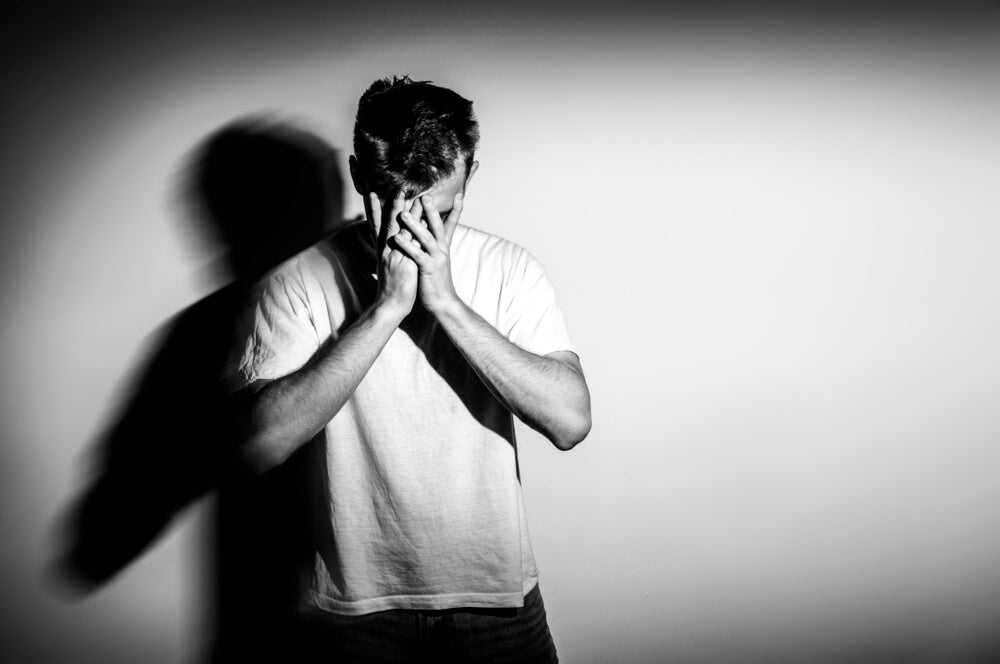In each person the anxiety manifests itself in a profile, the symptoms of anxiety behave as if it were a liquid that preserves the color but adapts to the shape of the container that contains it.
As for pain, it can be said that anxiety provides a psychological state of accumulation, in which any problem and setback seems to weigh twice.
- Today.
- The number of diagnoses that fit into it?Drawer? Anxiety disorders are similar to those of depression.
- So much so that there is a great temptation to see both phenomena as two sides of the same coin.
- We also know that diagnoses are on the rise.
- Every year and are more common in women than in men.
However, professionals feel that part of this difference is that fewer men are asking for help, so from there, it is suspected that the difference does not exist or is much less than what we have the data.
One thing scientists suggest, such as that observed in the study conducted at the Royal College of Psychiatry in the United Kingdom, is that it is not easy to make a certain diagnosis of anxiety, hence this work done by different professionals from different fields (general doctors, psychiatry, nurses, psychology, physiotherapists, etc. ) shows that it is very easy to confuse symptoms with other clinical conditions.
Thus, stomach pains are not always due to poor digestion. Isn’t even a back pain the result of poor posture?The truth is that anxiety disorders can be responsible for many of these problems.
“The intensity of anxiety is proportional to the importance of the situation to the affected person, even if he or she essentially does not know the reasons for their anxiety. “Karen Horney-
Anxiety symptoms can be grouped into five areas, so it’s most common to try different signs of each. For example, a person with social anxiety may experience tremors, tingling and nausea, or even cognitive symptoms in which they may say they are judged by others.
So let’s look at the characteristics of each category
Among the most recurrent and common anxiety symptoms are all those related to the physiological field and are:
Similarly, if this symptom is severe and develops over time, it can lead to more serious conditions, such as those in which insomnia occurs, feeding problems, lack of sexual desire or weakening of the immune system, for example.
On the other hand, it is very common for these anxiety symptoms to make the person who is suffering from a physical illness believe, so it is very necessary that at the primary care level we have psychologists to identify the reality that may be behind this symptomatology.
Cognitive symptoms are related to the thoughts that anxiety usually generates in us, the most common are:
Emotional or emotional anxiety is another reality to consider, especially if episodes become constant.
“Avoidance” is one of the most common symptoms of anxiety. It is very common for patients with these types of conditions to avoid certain situations and actions: they feel that they may suffer an anxiety attack that they cannot control at any time. outside, their insecurity can make us feel like they’re walking like they’re walking on eggshells.
Therefore, it is very common to experience the following
Finally, in these five areas that usually define the symptoms of anxiety, we find the social aspect, think that each person may experience many of these conditions or even not present them (for now).
In conclusion, as we have seen, the symptoms of anxiety are as varied as they are exhausting, especially if these situations go on over time, so do not hesitate to consult specialist professionals if these situations happen to you.
People who tend to use medications in pharmacies often can’t find that behind insomnia, exhaustion or persistent headaches, there can be a disorder. Therefore, consult a psychologist; therefore, your mental, physical and emotional well-being can change radically.

